The History of Herbal Medicine
The use of plants as medicine predates written human history. For thousands of years, indigenous cultures around the world have developed rich knowledge systems around local plants and their medicinal properties. As we explore traditional herbal medicine from different cultures around the world, it’s fascinating to consider the long, intertwined history humans share with healing plants.
The Origins of Herbal Medicine
The origins of herbal medicine are lost to unrecorded time. Early humans lived intimately with and relied on plants, not only for sustenance but likely also for treating illness and injury. Most anthropologists theorize that observation of self-medication in animals, through grazing on certain plants or geophagy, may have led primitive humans to first notice medicinal properties in certain plants. Additionally, many medicinally potent plants can induce visible physiological reactions, like sweating, sneezing, increased heart rate or gastrointestinal effects, indicating their bioactivity.
Indigenous cultures through oral history and long-standing tradition often cite plant wisdom as being gifted directly from the Earth or plant spirits. While perhaps not literally factual, this perspective emphasizes the sacred, relational dimension many traditional herbalism practices share with the healing plants and may help explain the stunning depth of herbal knowledge in indigenous communities.
Ancient Written Herbal Medicine Traditions
The first known written herbal medicine records date back approximately 5,000 years ago, though undoubtedly oral and practical knowledge of healing plants extends back much earlier in human history. The origins of Ayurveda in India, still practiced today, traces back to the Vedic period approximately 3,000 years ago. Chinese medicine’s origins stem from several ancient Chinese texts including the Huangdi Neijing (The Yellow Emperor’s Inner Canon) dated around 300 BCE, which records herbal formulas still used in Traditional Chinese Medicine today. Greek and Roman doctors like Hippocrates (~400 BCE) and Galen (~200 CE) also wrote extensive medicinal records heavily informed by local Mediterranean plants and earlier oral herbal traditions from Egypt, North Africa and the Middle East.
In North and South America, indigenous herbalism practices diverged independently down geographic and cultural lines, but shared similar foundations of deep interconnection with surrounding plants as medicine and teachers. Sacred herbal and shamanic rituals grew diverse and complex, yet universally grounded in reciprocity with plants and reverence for their healing spirit. The Aztecs in Mesoamerica recorded their sophisticated herbals in codexes, most notoriously the Badianus Manuscript in 1552.
Medieval Islamic scholars expanded on classical herbal texts and were at the forefront of modern pharmacy and medicine. During the European Renaissance (~1300-1700 CE), increased literacy and access to ancient herbal manuscripts sparked new interest in medically active plants. Botanical gardens grew popular as pharmacies and hospitals experimented with local and exotic imported herbs from Islamic countries. Though herbal medicine continued playing a prominent role alongside newly developing medical techniques during this period, the dawn of modern pharmaceuticals in the 1800s-1900s eventually relegated herbalism in the West to relative obscurity.
Modern Revival of Traditional Herbalism
While industrialization and globalization threatened traditional plant wisdom in indigenous communities worldwide, herbal medicine persisted stubbornly as both a living practice and cultural heritage. Starting in the 1970s, a revival of interest in traditional healing modalities like herbalism swept the Western world, dovetailing with emerging environmentalist and back-to-the-land movements. Around the globe today, traditional medicinal plants continue to serve as accessible primary healthcare for an estimated 80 percent of the developing world.
Even in our modern era dominated by Western biomedicine, herbal medicines and supplements contribute over $60 billion to the North American alternative medicine industry. As we continue exploring traditional herbal medicine from cultures across the globe, the depth of plant wisdom each tradition offers reminds us of humanity’s shared lineage with the botanical world that sustained – and continues sustaining – our ancestors for countless generations. Perhaps in exploring this interconnected history, we may grow into deeper reciprocity with the plants that offer us their gifts as medicines for healing.
Herbal Medicine in China
China has one of the oldest, most well-documented, and influential herbal medicine traditions in the world. The use of herbs for healing purposes in China stretches back over 3,000 years to the Shang Dynasty and possibly even earlier.
Chinese herbal medicine is based on the philosophical concepts of Taoism and the idea of harmonizing the human body with the natural environment. Herbs are seen as having certain energetic properties and the ability to restore balance within the body and mind.
Some of the key concepts in Chinese herbal medicine include:
Yin and Yang: The belief that all things contain opposite but complementary forces. Illness occurs when these forces become imbalanced. Herbs can restore balance.
Five Elements Theory: The idea that all things are composed of wood, fire, earth, metal and water. Each element corresponds to certain organs in the body. Herbs that contain those elements can benefit those organs.
Qi (chi): The vital energy or life force that flows through living things. Qi can become blocked or depleted resulting in illness. Herbs help to unblock and circulate qi.
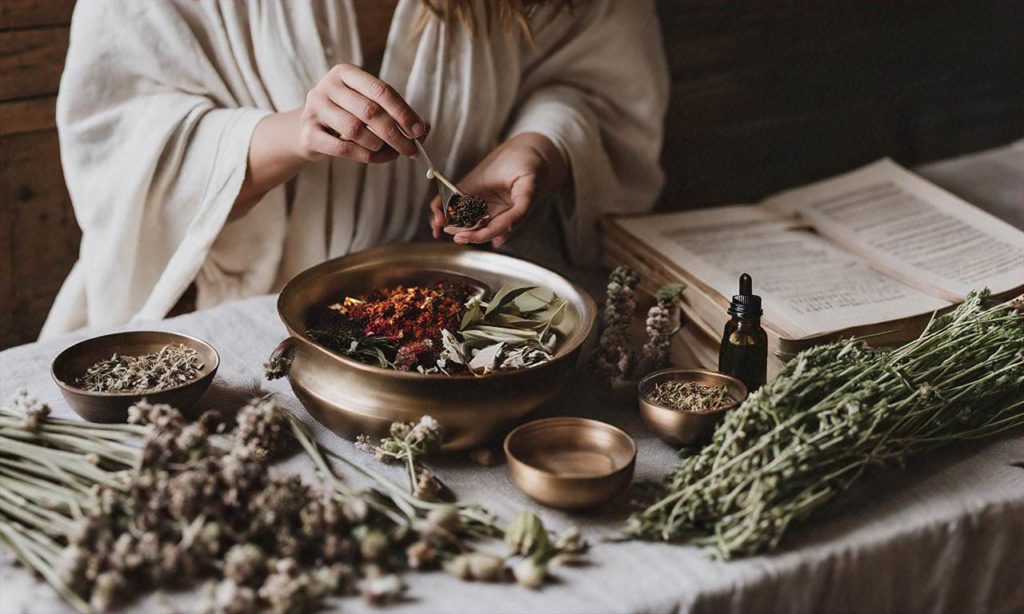
Over the centuries, Chinese herbalists have amassed a vast body of knowledge regarding the medicinal properties of plants, minerals and animal products found in China. Much of this knowledge has been compiled into materia medica – encyclopedic volumes documenting thousands of medicinal substances. Famous examples include the Shen Nong Ben Cao Jing (Shennong’s Classic of Materia Medica) composed in the 2nd century AD.
The Chinese materia medica provided the foundation for the development of Traditional Chinese herbal formulas. Formulas combine specific herbs in order to enhance effectiveness and reduce toxicity or side effects. They are prescribed according to the patient’s specific pattern of disharmony or syndrome. Some classic herbal formulas still widely used today include:
– Yunnan Baiyao – a powder used to stop bleeding
– Bu Zhong Yi Qi Wan – for boosting energy (qi)
– Liu Wei Di Huang Wan – for kidney and liver issues
In addition to oral formulas, Chinese herbs are also frequently used externally in the form of pastes, plasters, washes, and poultices for treating skin ailments, wounds or localized pain. Techniques like moxibustion (burning the herb mugwort over acupoints) and cupping are also common.
Over the past 50 years, Chinese herbal medicine has gained increased mainstream acceptance in China. Traditional herbal formulas and single herbs have undergone modern scientific study to better understand their mechanisms of action, with many demonstrating clinical effectiveness for conditions ranging from allergies to the side effects of cancer treatments.
While Chinese herbal medicine has its skeptics in the West, the evidence supporting its therapeutic use for certain disorders continues to grow. There is no doubt that Chinese herbalism will continue to evolve by integrating ancient wisdom with new research – a process that will likely lead to innovative treatments and undiscovered herbal treasure.
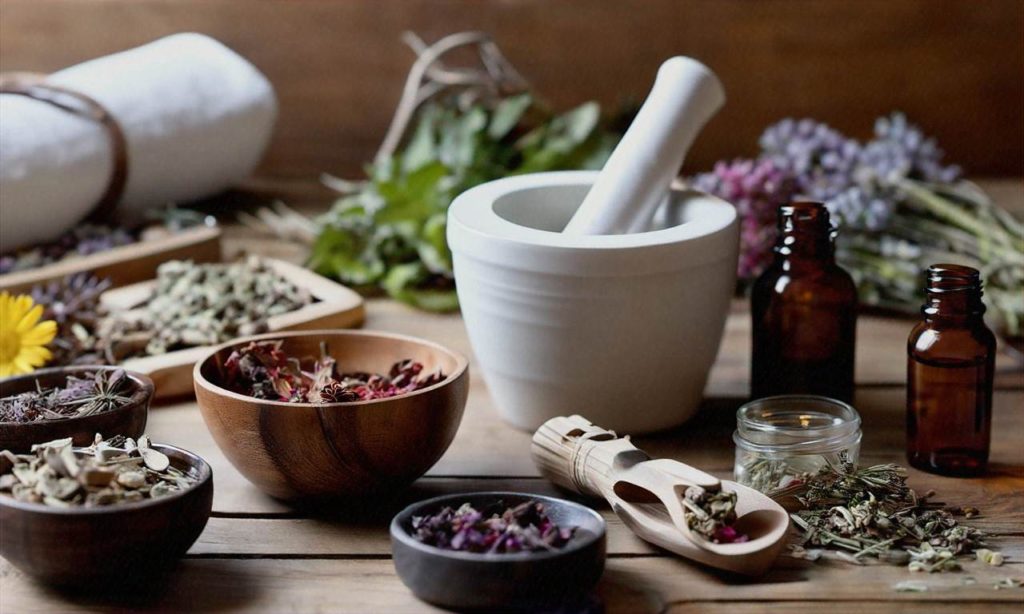
Ayurvedic Herbalism in India
India has a long and rich history of traditional herbal medicine known as Ayurveda. Translated as the “science of life”, Ayurveda is one of the world’s oldest holistic healing systems, developed more than 3,000 years ago in India. This article will explore the origins, key principles, and common practices of Ayurvedic herbalism.
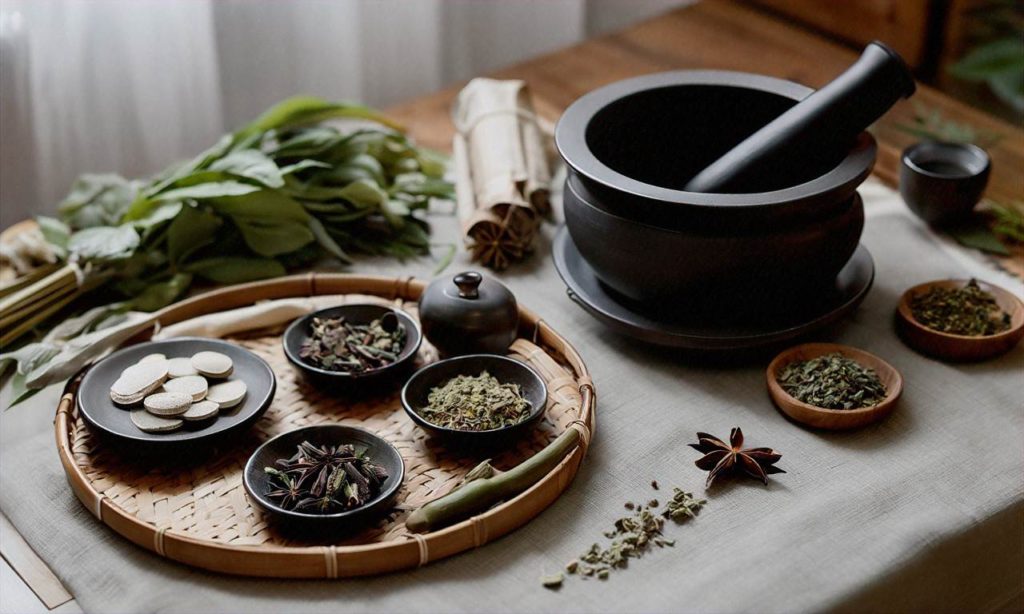
The Origins and Principles of Ayurveda
Ayurveda was developed by ancient Indian sages who closely observed nature and the elements that compose the human body. Central to Ayurveda is the belief that health results from harmony between body, mind and spirit. Imbalances lead to disease and restoring balance promotes healing and wellness.
Ayurveda categorizes all matter into five basic elements – ether, air, fire, water and earth. These combine to form three life forces or doshas called vata, pitta and kapha. Each dosha governs specific bodily functions. Ayurvedic practitioners diagnose health imbalances by determining a person’s predominant doshas, and then prescribe individualized treatments to restore balance.
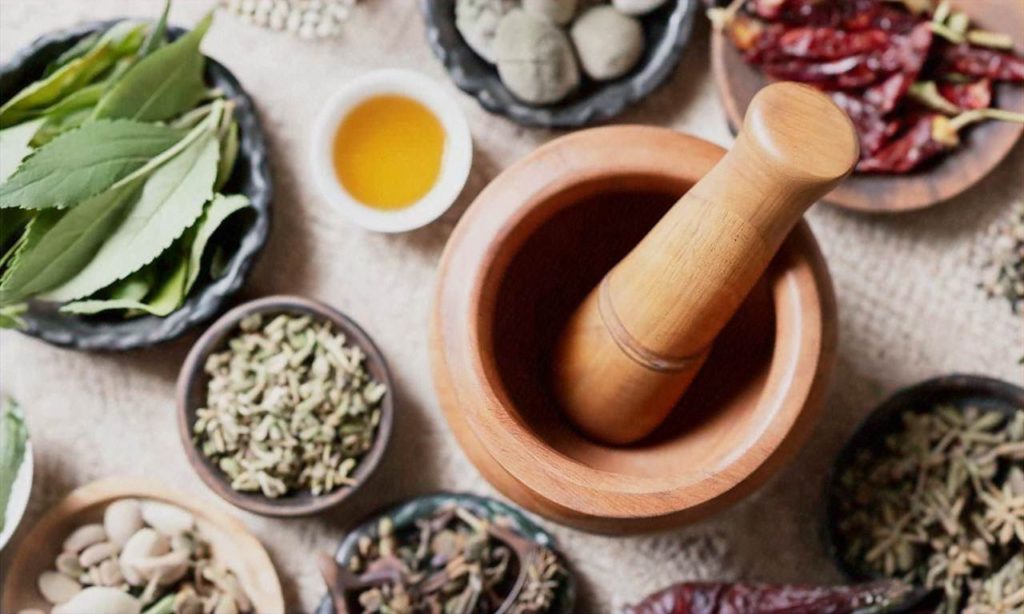
Common Ayurvedic Herbal Remedies and Practices
Ayurvedic treatments often incorporate herbal remedies, diet and lifestyle changes, detoxification procedures and spiritual practices like yoga and meditation. Herbal formulations may contain complex combinations of leaves, roots, flowers, seeds, stems and bark selected for their synergistic effects. Popular Ayurvedic herbs like turmeric, ginger, cinnamon, cardamom, holy basil and ashwagandha are considered natural healers due to their antioxidant, anti-inflammatory and immune-enhancing properties.
Ayurvedic herbal remedies come in many forms including:
– Churnas – powdered herb mixes stirred into honey or ghee
– Ghritas – herbal medicated ghees (clarified butters)
– Rasayanas – rejuvenating herbal tonics taken for longevity and wellness
– Bhasmas – calcinated metallic preparations believed to remove toxins and strengthen the immune system
In addition to herbs, Ayurvedic treatments may incorporate dietary changes, fasting, oil massages, heat therapy, enemas and nasal administration of herbal medicines. Lifestyle factors like sleep, exercise and seasonal rhythms also play a key role. Ayurveda takes a holistic, individualized and preventative approach to health with the goal of harmony and balance between mind, body and spirit.
The Enduring Legacy of Ayurveda
While allopathic medicine is the dominant system in modern India, Ayurvedic medicine has endured as an influential medical tradition. Up to 80% of India’s population still uses some form of traditional medicine, a testament to the cultural roots and trust in Ayurveda built up over millennia.
India now has over 400,000 registered Ayurvedic practitioners. The Indian government has established universities, hospitals and research centers dedicated to Ayurveda and integrative medicine. As interest grows globally in traditional and holistic healing modalities, Ayurveda stands poised to spread its timeless wisdom around the world.
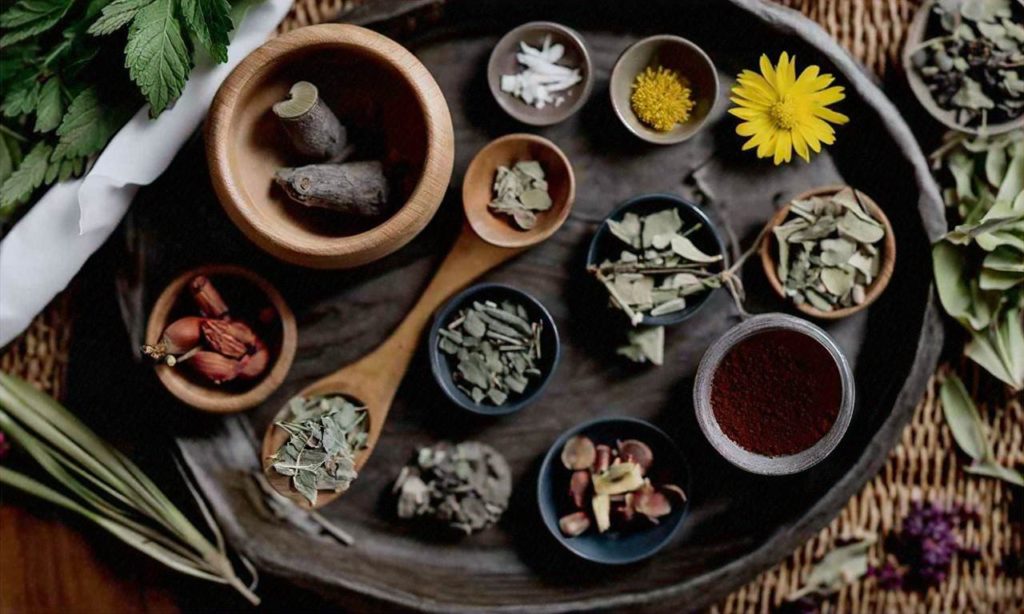
Native American Herbalism
Native Americans have a long history of using plants for healing, ceremonial, and practical purposes that stretches back over 15,000 years. Exploring traditional herbal medicine practices from the diverse Native American cultures offers wisdom that is deeply rooted in the local ecosystems of North America.
Native American herbalism is based on the intimate relationship between plants and people within specific bioregions of the continent. Native healers and plant people have cultivated a nuanced understanding of the medicinal and spiritual properties of plants over millennia through direct experience, ceremonies, stories, and mentorship that gets passed down across generations.
As herbalist Rosalee de la Forêt writes in Alchemy of Herbs, “Unlike Western herbalism, which often focuses on isolating chemical constituents and using herbs almost like drugs, Native American herbalism retains a deep understanding of the whole plant as a dynamic, living organism.” This reflects a more holistic perspective that connects plants to the land, seasons, elements, and broader cycles of nature.
Key Plants in Native American Herbalism
The array of plants used by Native American healers is incredibly diverse, reflecting the wide variety of climates and ecosystems across Turtle Island (North America). However, there are certain herbs that come up repeatedly in the ethnobotanical literature as holding pan-Indian significance across tribes. These include:
– Sage: Considered a sacred, cleansing plant by many tribes. Used for smudging ceremonies and as a medicinal herb for digestive and respiratory issues.
– Cedar: Also used in purification rituals and valued for its aromatic wood. The bark has cleansing properties.
– Sweetgrass: Bundled and braided for smudging, house blessings, and prayer. Represents positive energy and grace.
– Tobacco: Seen as a gift from the Creator with the power to carry thoughts and prayers. Used ceremonially and moderately in some tribes. The nicotine has neuroprotective qualities.
– Yarrow: A wound herb with astringent, anti-inflammatory, and styptic properties. Also used for digestive issues and female reproductive health.
– Osha: A revered respiratory and immune-boosting herb in the Rocky Mountain region. Used to combat cold/flu symptoms. Also applied topically for sore muscles and arthritis.
– Desert Sage: An important medicinal plant for Southwestern tribes like the Navajo. Valued for treating headaches, sore joints, infections, snake bites, and menstrual issues.
Healing Traditions of Different Tribes
While the diverse Native American tribes certainly exchanged herbal knowledge and plants like tobacco, sage, and sweetgrass spread far and wide, each tribe also developed regionally-specific healing traditions based on their local ecology. For example:
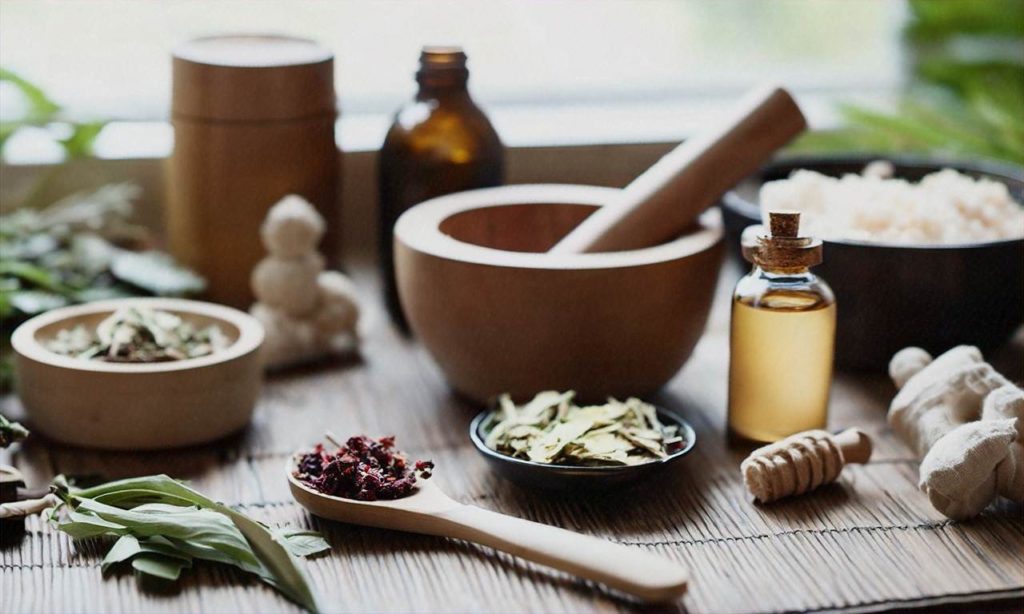
– The Cherokee in the Southeast learned to use over 250 plants for medicine including black cohosh for rheumatism, greenbriar for blood purification, and ginseng as an energizing adaptogen.
– The Navajo and other Southwestern tribes relied on herbs like osha, Mormon tea, and juniper to treat respiratory issues in their dry, high-altitude environment.
– Northern tribes like the Chippewa, Cree and Inuit discovered plants to help them withstand the cold winters, such as Labrador tea for vitamin C, cramp bark for muscle issues, and willow bark as a painkiller.
– Coastal tribes incorporated seaweeds, barks and medicinal mushrooms into their pharmacopeia to combat dampness and stay healthy.
So while unifying themes connect Native American herbalism across the continent, it remains rooted in localized place-based knowledge.
The Continuing Impact of Native Herbalism
While devastation from disease and colonialism threatened traditional plant knowledge, Native American herbalism persists today thanks to dedicated healers passing down teachings to new generations. In fact, around 75% of modern pharmaceutical drugs originate from ethnobotanical plant sources, many coming from Native American traditional medicine.
As herbalist Tammi Sweet writes, “The foundations of American herbalism rest upon the shoulders of our country’s original inhabitants.” Much can be gained from respectfully learning from tribes’ sacred relationship with plants – from sustainable wildcrafting techniques to ceremonies for connecting with plant spirits. By honoring these plant teachings, herbalists continue writing the living story of Native American herbalism.
Amazonian Shamanic Plant Medicine
The Amazon rainforest holds an abundance of medicinal plants that have been used for healing by indigenous tribes for thousands of years. Shamans, or medicine men, are the keepers of this ancient herbal wisdom that has been passed down orally over generations.
Many Amazonian shamans work with teacher plants, especially ayahuasca, a hallucinogenic plant brew that facilitates inner healing and spiritual awakening. By entering expanded states of consciousness, shamans can communicate with plant and animal spirits to receive guidance on healing illnesses.
The Secrets of Ayahuasca
Ayahuasca is a mix of the Banisteriopsis caapi vine and chacruna leaves, which contains dimethyltryptamine (DMT), a potent psychedelic. Ayahuasca induces visions and spiritual experiences that shamans use to diagnose and treat illnesses they believe have spiritual roots.
While the psychedelic effects make ayahuasca controversial in the West, evidence does suggest this plant medicine has applications for mental health. Recent research indicates that in controlled settings, ayahuasca can help treat depression, anxiety, and PTSD.
Other Teacher Plants
Ayahuasca may be the most famous Amazonian plant medicine, but shamans work with many different plants. These include:
– San Pedro cactus: Contains mescaline, used for divination and healing.
– Tobacco: Considered a powerful plant teacher. Used to induce mild altered states.
– Chiric sanango: A jungle vine used to “open the mind” to receive mental and spiritual healing.
– Palo santo: A fragrant wood used for clearing negative energies.
The Focus on Plant Spirits
Amazonian shamans believe plants have a spiritual wisdom we can access if we attune ourselves properly. Their healing ceremonies focus on communicating with plant teacher spirits which offer guidance on using plant medicines to heal illness.
This animistic belief system is quite foreign to the modern Western worldview but may have parallels with Jung’s theories of archetypes and the collective unconscious. There may also be clues for novel medicinal plant applications from listening to indigenous wisdom keepers.
Preserving Amazonian Plant Knowledge
As the Amazon rainforest continues to disappear due to deforestation, there are growing efforts by indigenous tribes and conservation groups to catalog and preserve traditional plant medicine knowledge. Much of this wisdom remains undocumented, kept only in oral traditions and vulnerable to being lost forever.
Several initiatives also aim to provide indigenous communities fair compensation for sharing plant medicine insights that get commercialized by pharmaceutical companies. As we seek to apply Amazonian herbal wisdom to modern health approaches, it’s important we do so in an ethical manner that respects the native traditions these plants come from.
The possibilities within Amazonian ethnobotany seem boundless for transforming medicine and better understanding nature’s healing secrets. But we must learn from indigenous wisdom keepers quickly before this precious knowledge disappears.
African Herbal Medicine
Africa has a rich history of traditional herbal medicine practices that have been passed down for generations. Herbalism plays an integral cultural and spiritual role across the continent. As we explore traditional herbal medicine from around the world, it’s important to understand the origins and applications of African herbalism.
Herbal medicine in Africa dates back thousands of years. Early knowledge of the medicinal properties of local plants was imparted by ancestors and through trial and error. This wisdom developed into a holistic healing system that addressed physical, spiritual, and emotional health. African traditional healers, known by names like sangoma, inyanga, and nyamuryango, serve as custodians of this ancient herbal knowledge.
The African landscape provides a remarkably diverse natural pharmacy. Traditional African herbalism incorporates herbs, trees, seeds, roots, flowers, fruits, and vegetables into medicinal preparations. Common herbal ingredients include aloe, African potato, Artemisia afra, Asthma weed, bitter leaf, blood root, Boscia, Buchu, cancer bush, castor oil plant, devil’s claw, drumstick tree, garlic, ginger, griffonia, African wormwood, tulsi, turmeric, African ginger, and more.
These local plants are used to create herbal mixtures aimed at treating a wide range of ailments. This includes digestive issues, parasitic infections, fever, pain relief, respiratory problems, women’s health concerns, mental health support, skin conditions, and more holistic wellbeing. Herbal extracts are carefully combined in ways believed to enhance their natural therapeutic effects in harmony with the body.
African traditional healing also emphasizes spiritual wellness and herbal medicine’s role in cleansing the body, mind, and spirit. The skilled hands of traditional healers transform local plants into remedial teas, infusions, tonics, ointments, smoked herbs, and ritual baths. Their time-honored herbal formulas connect people to nature’s healing gifts and the ancestors who revealed them.
As we explore herbal medicine traditions from around the world, the rich legacy of African herbalism offers profound wisdom. From North to South, the continent brims with botanical remedies painstakingly developed over millennia to promote whole-person wellness. African herbal knowledge teaches us about the deep roots and global connectedness of humanity’s age-old quest to harness nature’s healing powers through plants. It reminds us that optimal health encompasses harmony between body, mind, and spirit – a balance traditional herbalism strives to restore.
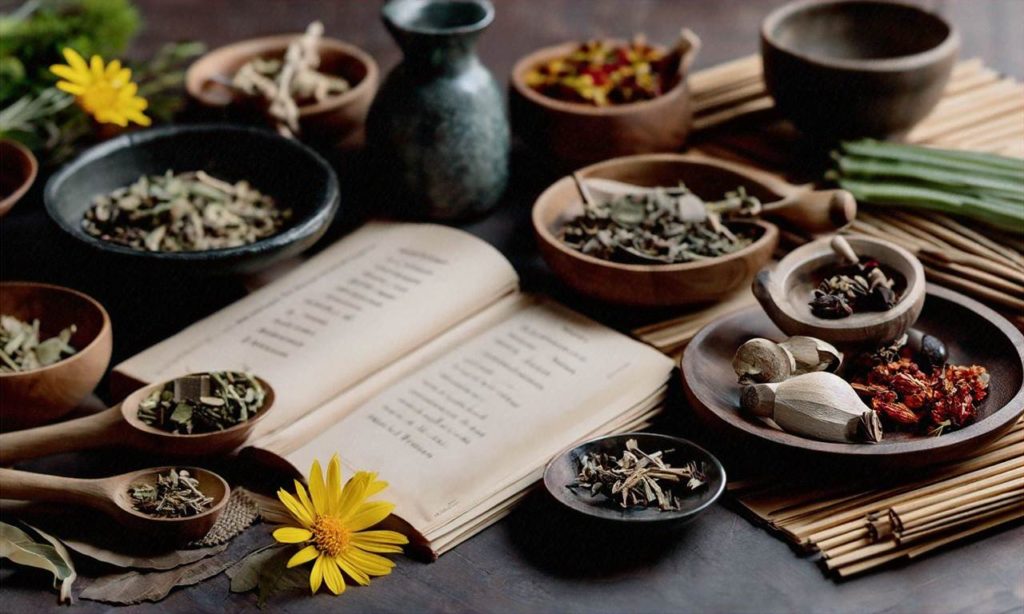
Mediterranean and European Herbalism
Herbal medicine has a long and rich history in the Mediterranean region and Europe. People have been using local plants for healing for thousands of years. Some of the earliest written records of herbal medicine come from ancient Greece and Rome.
The Mediterranean climate, with its hot, dry summers and mild, rainy winters, supports a diverse range of medicinal plants. Common herbs used in the region include oregano, thyme, sage, rosemary, chamomile, lavender, garlic, olive leaves, and lemon balm. These plants grow wild or can be cultivated in home gardens.
The Greeks and Romans had a highly developed understanding of medicinal plants. Writers like Dioscorides compiled herbals documenting the medical uses of plants found around the Mediterranean. These works went on to influence later European and Islamic herbal texts. Monasteries in medieval Europe became important centers of herbal knowledge, growing medicinal herb gardens and translating classical texts.
European folk herbal traditions also developed localized plant uses based on what species were available. For example, common European medicinal plants include elderberry, dandelion, meadowsweet, stinging nettle, valerian, and hawthorn. Country healers and wise women passed down the folk knowledge of plant remedies.
Modern research has validated many of the traditional uses of Mediterranean and European medicinal plants. For instance, garlic has antimicrobial properties, chamomile is effective for upset stomach, lavender has anxiety-reducing effects, and olive leaves help lower blood pressure.
As interest grows globally in holistic health approaches and natural remedies, the ancient herbal wisdom of the Mediterranean region and Europe continues to inspire both traditional herbalists and modern scientists. More research is still needed to fully explore and understand local plant medicines.
Modern Applications of Ancient Herbal Wisdom
Herbal medicine has been used for thousands of years around the world. Today, we are rediscovering the wisdom of these ancient natural healing traditions and finding modern applications.
One area where herbal medicine is gaining renewed interest is in the treatment of chronic diseases. Conditions like heart disease, cancer, diabetes, and arthritis are leading causes of disability and death globally. Modern medicine often relies on drugs and surgery to manage symptoms of these diseases. However, more people are looking to complement conventional treatment with natural approaches like herbal medicine that get to the root cause and support the body’s innate healing abilities.
For example, herbal bitters made from gentian, dandelion, and other herbs can aid digestion and absorption of nutrients. This can help manage blood sugar levels and inflammation associated with diabetes and arthritis. Herbs like turmeric, ginger, and green tea have antioxidant and anti-inflammatory properties that show promise in preventing and slowing cancer growth. Traditional Chinese herbs and Ayurvedic herbs are being studied extensively for managing everything from high blood pressure to anxiety.
Technology is also allowing us to better understand and validate the traditional uses of medicinal plants. Advanced analytical chemistry techniques can profile the complex array of plant compounds. With this phytochemical analysis, researchers are identifying key active ingredients and synergies between compounds that give certain herbs their potency. Genomic studies of medicinal herbs can also uncover new biological mechanisms to explain traditional effects. This expands the applications of ancient herbal wisdom.
At the same time, awareness of sustainable harvesting and conservation is growing. Overharvesting threatens rare botanical species. Supporting traditional growers and fair trade ensures the continuity of indigenous plant wisdom. Using creative cultivation techniques like vertical gardens enables growing therapeutic herbs in urban spaces. This allows more equitable access to herbal healing alternatives.
As interest in holistic wellness increases, community herbalism projects are springing up globally. These grassroots efforts provide affordable clinical services, offer classes on herbal crafts like tea blending and tincture making, and cultivate public gardens to connect people with the power of plants. They help carry plant-based healing arts forward to serve communities and spread botanic knowledge.
While herbal medicine has its limits and is not a substitute for critical medical care, it empowers people to be active participants in their health. Blending ancient herbal wisdom with modern science promises a symbiotic medicine for the future that is both high-tech and high-touch. One that values technology but also remembers that we are, fundamentally, natural beings evolved alongside the intricate botanical web of life on this planet. Exploring traditional plant-based healing from cultures around the world reminds us of this bond and how we can nurture it to nurture ourselves.
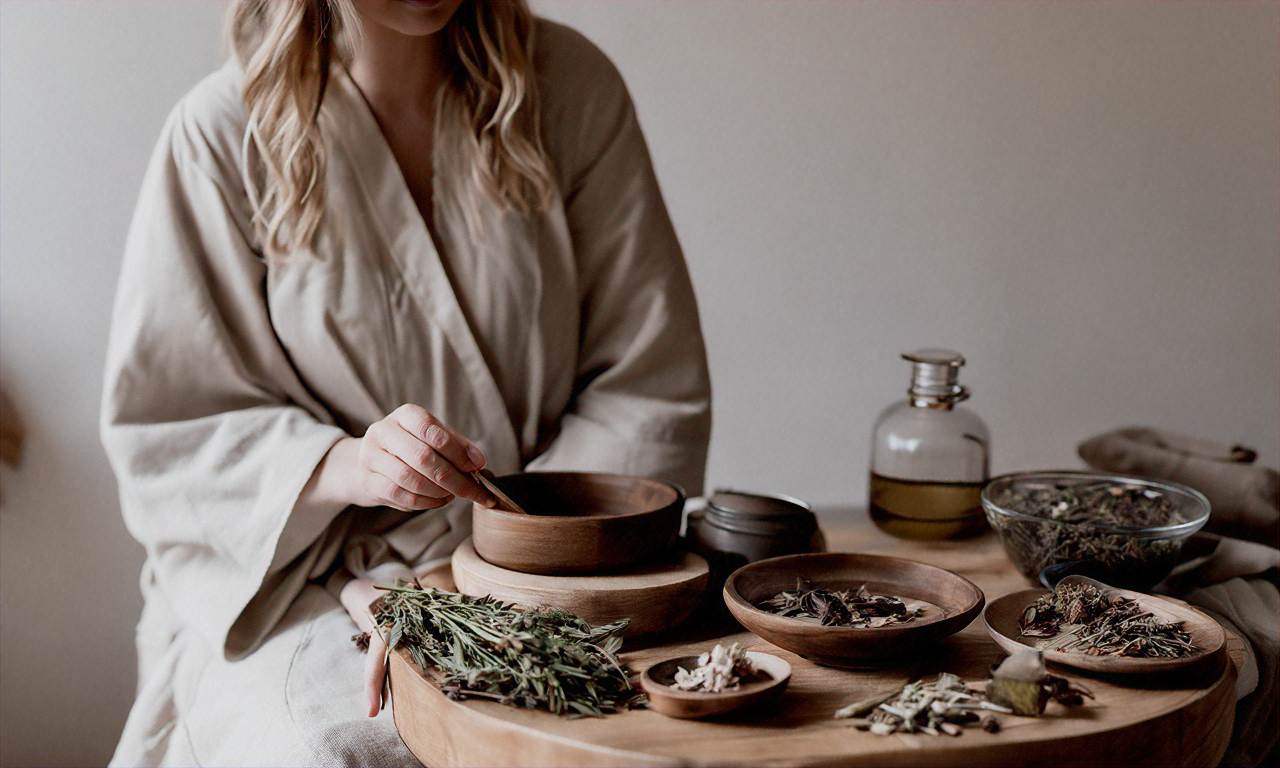
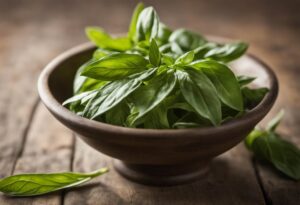
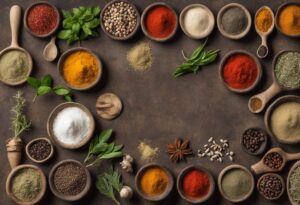
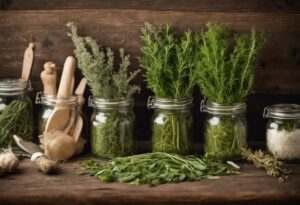

No comment yet, add your voice below!